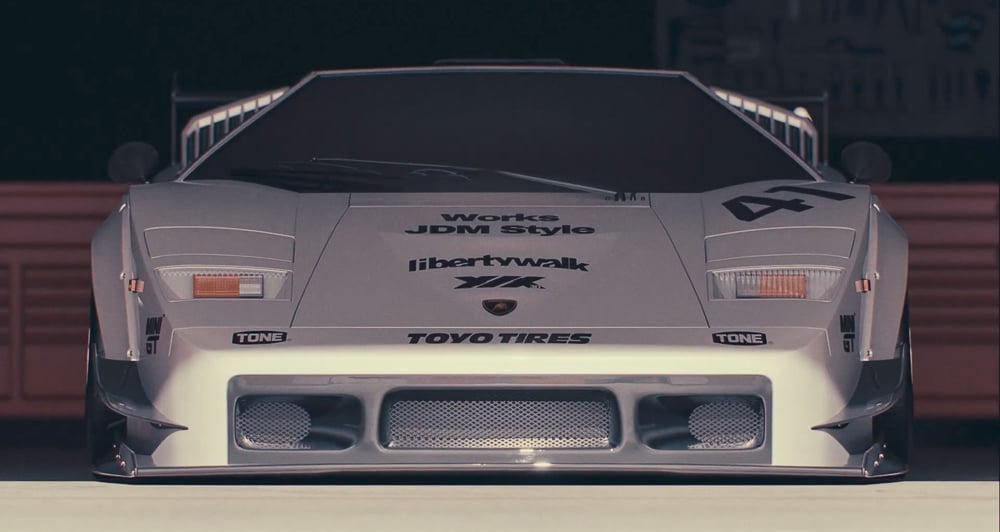
When you think about Jaguar’s long and illustrious history in motorsports, rally isn’t something that immediately comes to mind. However, the storied British automaker did have a very brief stint with the rough stuff using the beautiful XK120. As Jaguar celebrates 70 years of sports-car excellence, it’s playing in the dirt once again with off-roady versions of the F-Type.
When it was first introduced at the 1948 Earls Court Motor Show, the Jaguar XK120 was the fastest production car of its time. Its straight-six engine was a powerhouse that pushed the automobile to its namesake top speed: 120mph (193km/h). The Le Mans-winning XK120 was the predecessor of the legendary C-Type and D-Type race cars that used modified versions of the original XK6 engine.

It wasn’t just in road racing where Jaguar saw fit to field the XK120. Back in the ’50s, rallying was a very different animal compared to the timed special-stage format of today. Finishing was already an accomplishment in itself given the questionable reliability of the cars at the time. You were extremely lucky if you completed the race on only one cylinder.
When works driver Ian Appleyard and his wife started the grueling 1950 Alpine Rally, they weren’t sure if their XK120 would leave them stranded in the middle of remote continental Europe with smoke pouring out of the hood. But it didn’t, and it kept chugging along the treacherous route until it reached the checkered flag. Just to make sure that this feat wasn’t a fluke, Appleyard and his trusty Jag completed two more Alpine Rallies in the following years.




Jaguar celebrates the adventurous and pioneering spirit of the XK120 with a modern F-Type rally car. Powered by Jaguar’s turbocharged 2.0-liter engine, this F-Type is fitted with FIA-spec competition parts that make it at home on gravel as it is on the tarmac. To give its pilot and copilot the same rocks-smashing-your-teeth feeling as the XK120, the car has been based on the drop-top version of the F-Type.




Hand-built adjustable dampers and softer springs ensure enough suspension travel when the driver decides to make the ‘F’ in F-Type mean “flying.” A rally-spec limited-slip differential improves corner-exit acceleration and stability on slippery surfaces. The electronic parking brake is thankfully replaced by a hydraulic system for negotiating hairpin turns. Grooved brake discs and four-piston calipers mean the driver can slow down with confidence on any surface. And because rally cars have this habit of flipping over when taking a corner too fast or too tight, a roll cage guarantees that both occupants can drive another day.

Jaguar may have its motorsport heritage deeply rooted in circuit racing. But in the few times it dabbled in the world of rallying, its XK120 proved time and time again that the celebrated automotive marque was a force to be reckoned with. With the new F-Type rally car picking up where the XK120 left off, are we seeing the return of the leaping cat to its gravel-and-snow habitat?











Comments